Giới thiệu về công nghệ WPC co-extrusion , co–extrusion hi-class, trong sản xuất gỗ nhựa ngoài trời : WPC co-extrusion là công nghệ sản xuất vật liệu composite gỗ nhựa (WPC) mới, trong đó một lớp vỏ polymer bảo vệ được ép đùn đồng thời với lõi WPC. Lớp vỏ này giúp tăng cường khả năng chống trầy xước, chống thấm nước và dễ dàng vệ sinh cho sản phẩm.
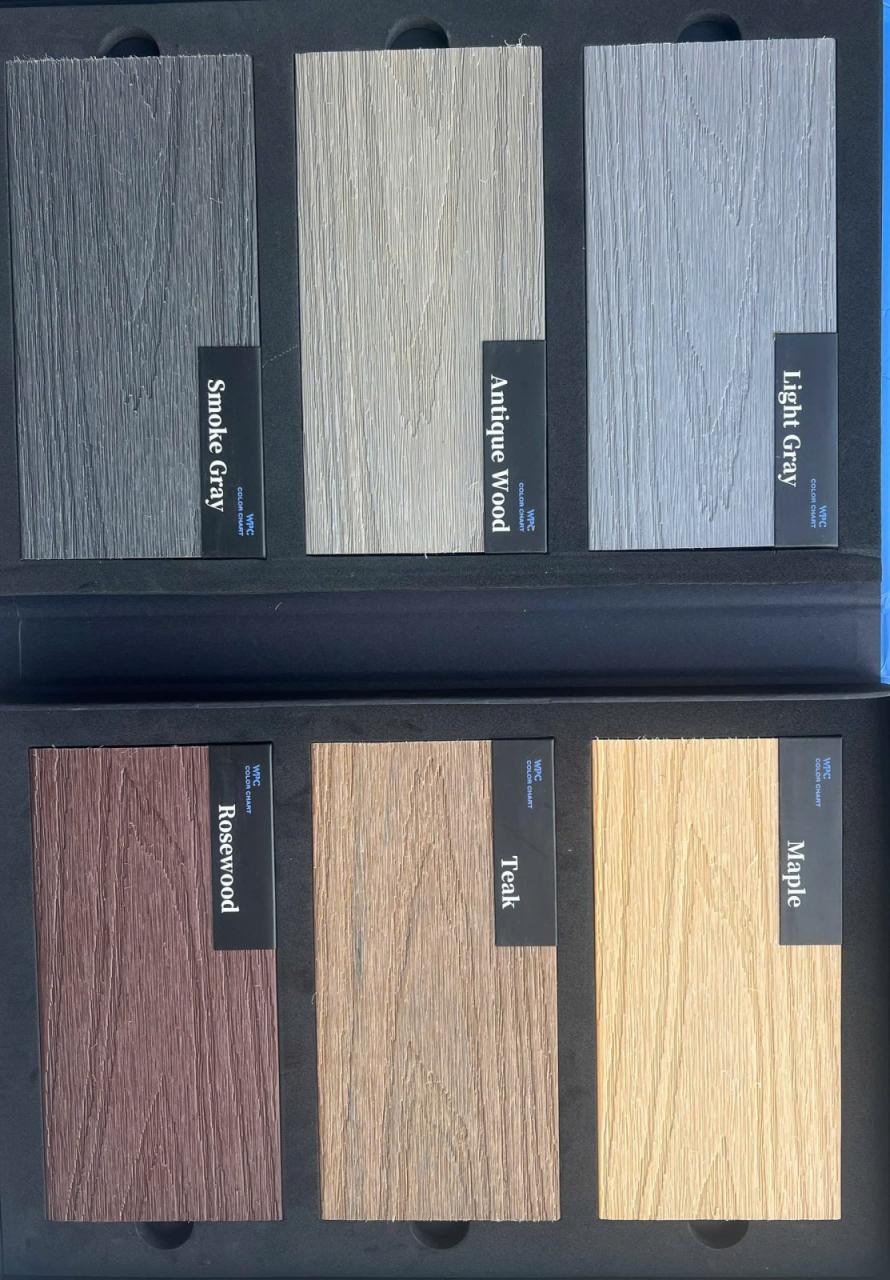
Nội dung chính
WPC co-extrusion trong sản xuất gỗ nhựa ngoài trời
-
WPC (Wood Plastic Composite):Là vật liệu composite được tạo thành từ bột gỗ và nhựa, có nhiều ưu điểm như độ bền cao, khả năng chống mối mọt, không cong vênh, co ngót.
-
Co-extrusion:Là quá trình ép đùn đồng thời nhiều loại vật liệu khác nhau để tạo ra sản phẩm có nhiều lớp.
-
WPC Co-extrusion:
Trong công nghệ này, một lớp vỏ polymer được ép đùn bao quanh lõi WPC, tạo ra một lớp bảo vệ chắc chắn và tăng cường các tính năng của WPC.
-
Độ bền cao:Lớp vỏ polymer bảo vệ giúp tăng cường khả năng chống trầy xước, va đập và các tác động bên ngoài.
-
Chống thấm nước tốt:Lớp vỏ này giúp ngăn chặn nước thấm vào lõi WPC, giảm thiểu tình trạng mục nát, cong vênh.
-
Dễ dàng vệ sinh:Bề mặt nhẵn của lớp vỏ polymer giúp dễ dàng lau chùi, vệ sinh sản phẩm.
-
Tính thẩm mỹ cao:Có nhiều màu sắc và kiểu dáng đa dạng, đáp ứng nhu cầu trang trí khác nhau.
-
Thân thiện với môi trường:
Sử dụng nguyên liệu tái chế, giảm thiểu tác động đến môi trường.
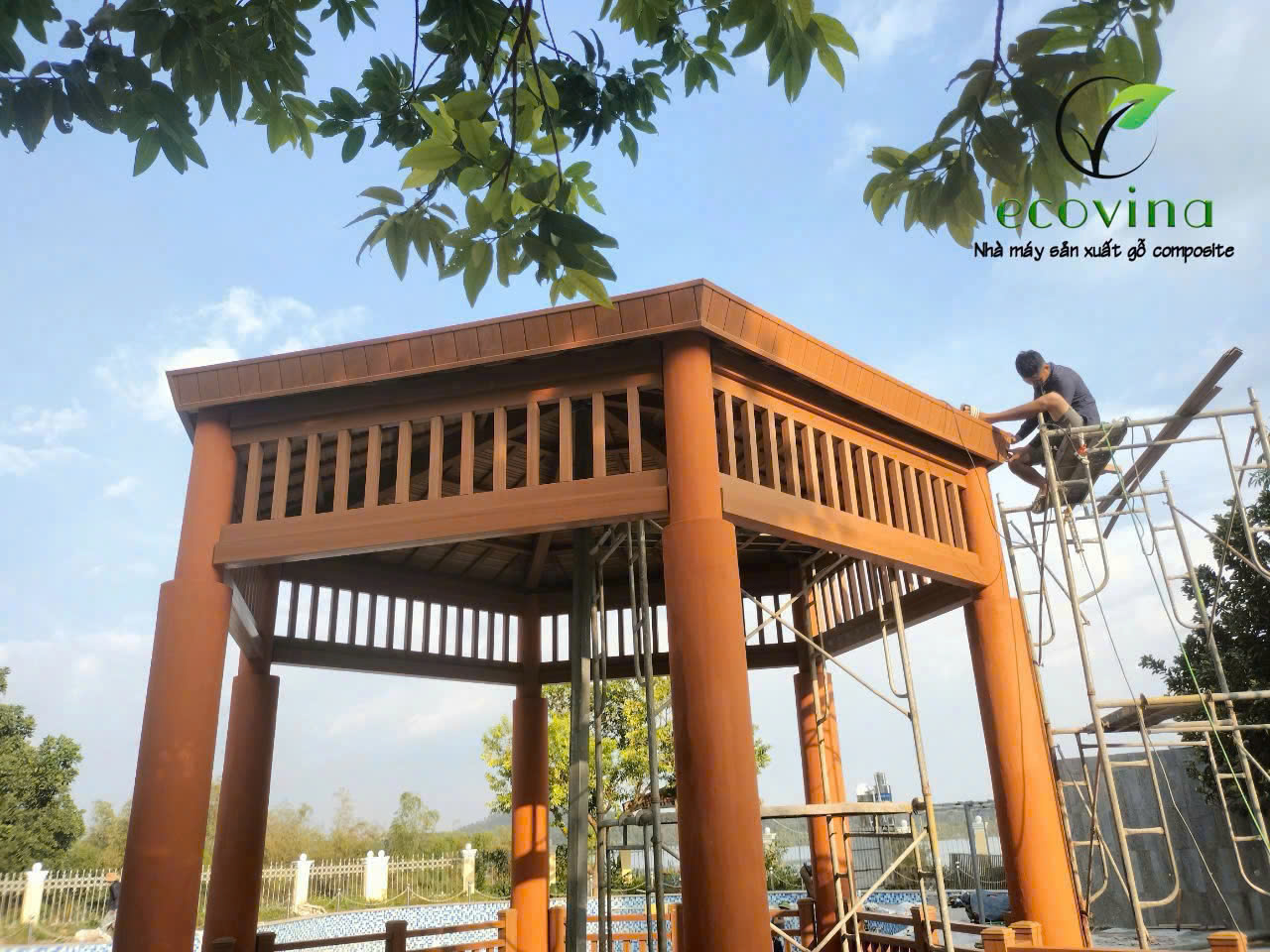
Ứng dụng công nghệ đùn 2 lớp WPC co-extrusion:
Công nghệ đùn 2 lớp, còn được gọi là đồng đùn (co-extrusion), là quá trình sản xuất các sản phẩm có hai hoặc nhiều lớp vật liệu khác nhau được ép đùn cùng lúc. Trong quá trình này, các vật liệu khác nhau được đưa vào các máy đùn riêng biệt, sau đó được kết hợp và ép qua một khuôn duy nhất để tạo ra sản phẩm có cấu trúc nhiều lớp.
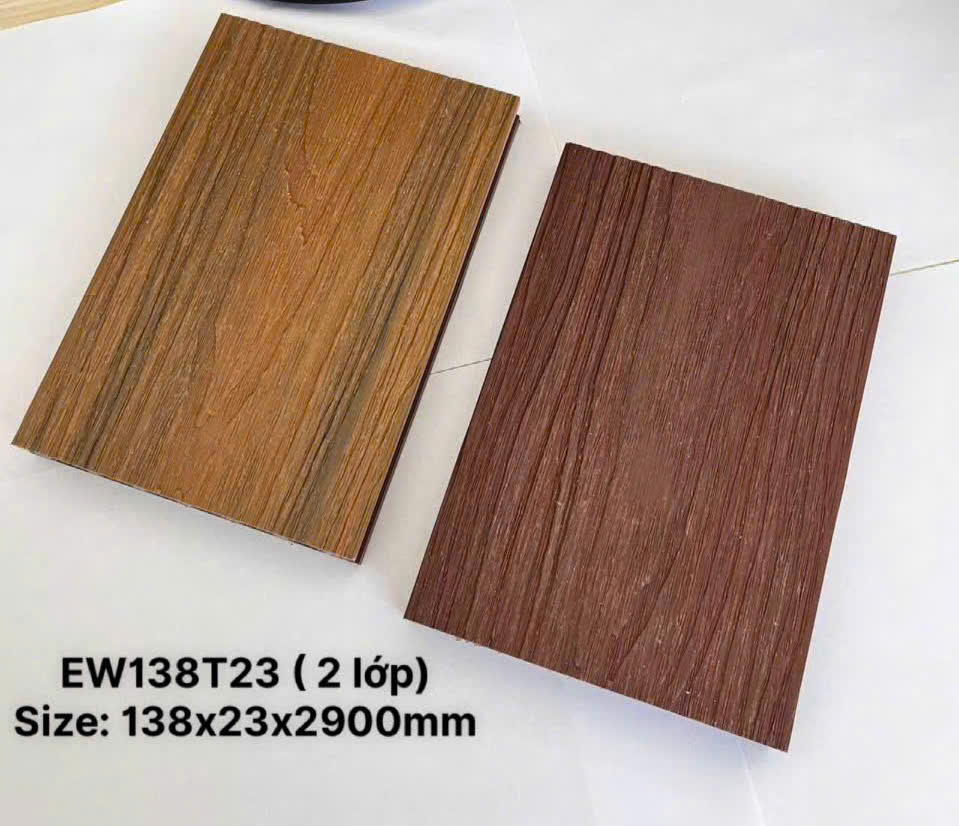
-
Tính linh hoạt trong thiết kế:Cho phép kết hợp các đặc tính khác nhau của các vật liệu khác nhau để tạo ra sản phẩm có các tính năng mong muốn.
-
Tối ưu hóa hiệu suất:Có thể sử dụng các lớp vật liệu khác nhau để tăng cường độ bền, khả năng chống ăn mòn, khả năng cách nhiệt, hoặc các tính chất khác của sản phẩm.
-
Tiết kiệm chi phí:Đôi khi, việc sử dụng các vật liệu rẻ hơn cho lớp bên trong và vật liệu chất lượng cao hơn cho lớp bên ngoài có thể giúp giảm chi phí sản xuất.
-
Thân thiện với môi trường:
Một số sản phẩm đùn 2 lớp sử dụng vật liệu tái chế, góp phần bảo vệ môi trường.
-
Sàn gỗ ngoài trời:
Ecovina sử dụng công nghệ này để tạo ra sàn gỗ có khả năng chống mối mọt, chống ẩm, và có màu sắc, vân gỗ tự nhiên.
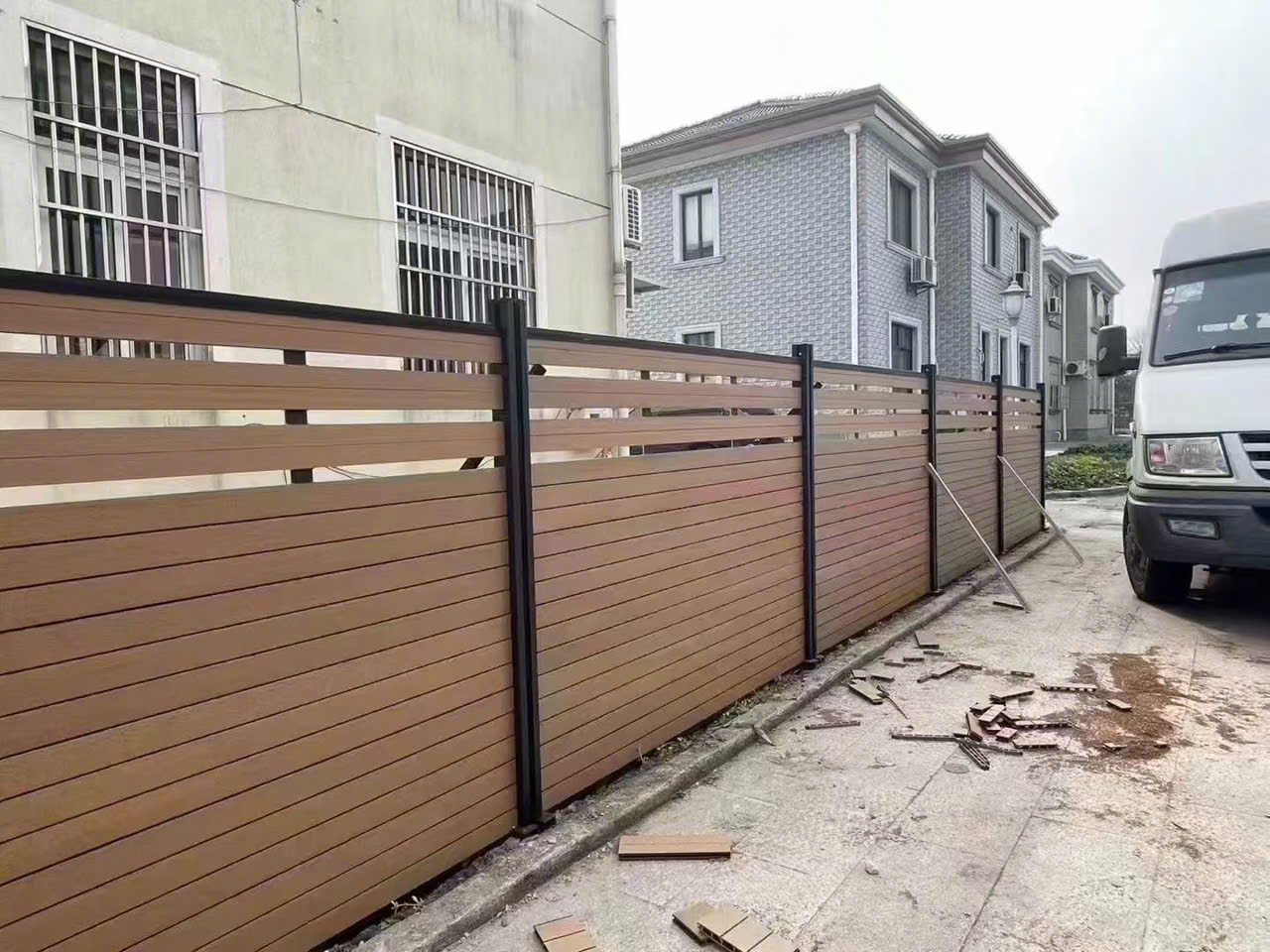
-
Ống nhựa:
Đùn 2 lớp được sử dụng để sản xuất ống nhựa với lớp bên trong có khả năng chịu áp lực cao và lớp bên ngoài có khả năng chống ăn mòn hoặc chịu được các yếu tố môi trường.
-
Bao bì thực phẩm:
Có thể sử dụng các lớp vật liệu khác nhau để bảo quản thực phẩm tốt hơn, tăng thời gian sử dụng, hoặc tạo ra các bao bì có khả năng chống thấm.
1st generation decking is also known as traditional composite decking or non-capped composite decking. It has a different surface texture than the co-extrusion type, which is the most economic composite decking.
Co-extrusion decking is an upgraded type of WPC composite decking that’s more scratch-resistant, has practically no water absorption, and expands at a slower rate than standard composite decking.
After knowing the basic knowledge of the two types of WPC composite decking, let’s compare them from the following parts.
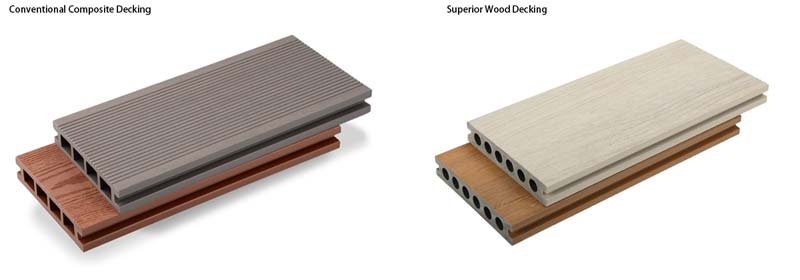
-
Appearance features
The first generation of WPC composite decking includes a wood powder surface. The surface is exposed to severe external conditions, making it susceptible to bacteria and fungus, UV radiation erosion, dampness, and color fading. Because there is no protective coating on the surface, it is less scratch-resistant. Compared with the first generation, co-extrusion decking in WPC has a 360-degree complete coating layer, providing full protection for the core to make the WPC decking more durable, UV stable, mold resistance, and stain resistance. The co-extrusion product’s appearance features have been improved significantly over first-generation decking.
-
Service life and durability
Co-extrusion composite decking is designed from the wood-plastic composite core and engineering polymer cover protection. The covering acts as a shield to protect it from water, UV, scratch, and other risks. Due to the super-design and enhanced durability, co-extrusion decking lasts longer than the 1st generation WPC decking.
-
UV resistance
The 1st generation composite decking has less UV resistance as compared to co-extrusion decking. Because the first generation composite decking does not have a complete water swelling and bending deformation coating, which could not be blocked the ultraviolet rays from above and could not reduce the degree of fading within a certain period of time. What’s more, the customize co-extrusion composite decking can be coated with the UV layer, helping in extending the service life.
-
Stain resistance and water resistance
Co-extrusion decking has better stain resistance. When some black ink is poured on both 1st generation decking and co-extrusion decking, the ink on 1st generation may leave ink residue, and it also infiltrates into the plate. However, the co-extrusion decking can be easily cleaned with water and soap. Co-extrusion decking has a full 360-degree coating, which can provide all-around protection for the core layer. Moreover, the water absorption rate of the coating is extremely low, which effectively prevents water from entering the core layer so that the plate is not prone to color or mold.
-
Scratch resistance
The surface layer of first-generation composite decking contains wood powder. When exposed to strong UV rays and humidity for a long time, the plastic wood molecular mixture on its surface is easily degraded. It is susceptible to cracking under the pull of external forces and its own thermal expansion and contraction. On the contrary, co-extrusion of WPC composite decking has a 360-degree coating on the covers and the core layer. This antioxidant and stabilizer firmly protect the stability of the internal structure of scratch resistant composite decking. Even if it is scratched, the coating protects the surface from leaving large scratches.
-
Price
Even though with the same raw material or the production process, WPC co-extrusion decking is superior to the first generation from the perfomance, which leads to its higher cost. But at the same time, the first generation deck WPC also needs more maintenance time and cost to keep longer service time, so the co-extrusion composite decking also is the cost-competitive choice.
-
Applications
These applications are quite similar, such as backyard, swimming pools, gardens, etc. Co-extrusion is usually preferred in public places with high pedestrian traffic for its higher resistance and better look.
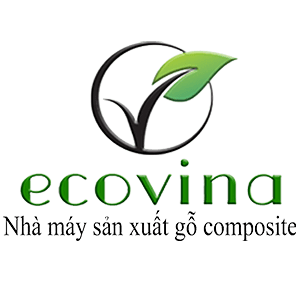





Bình luận